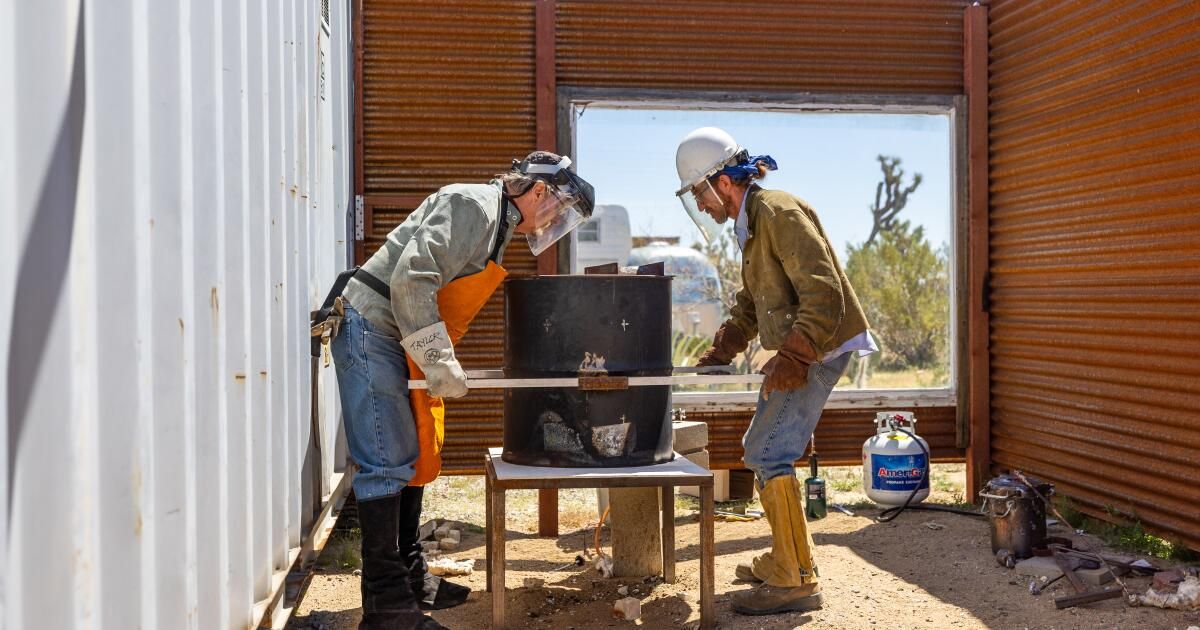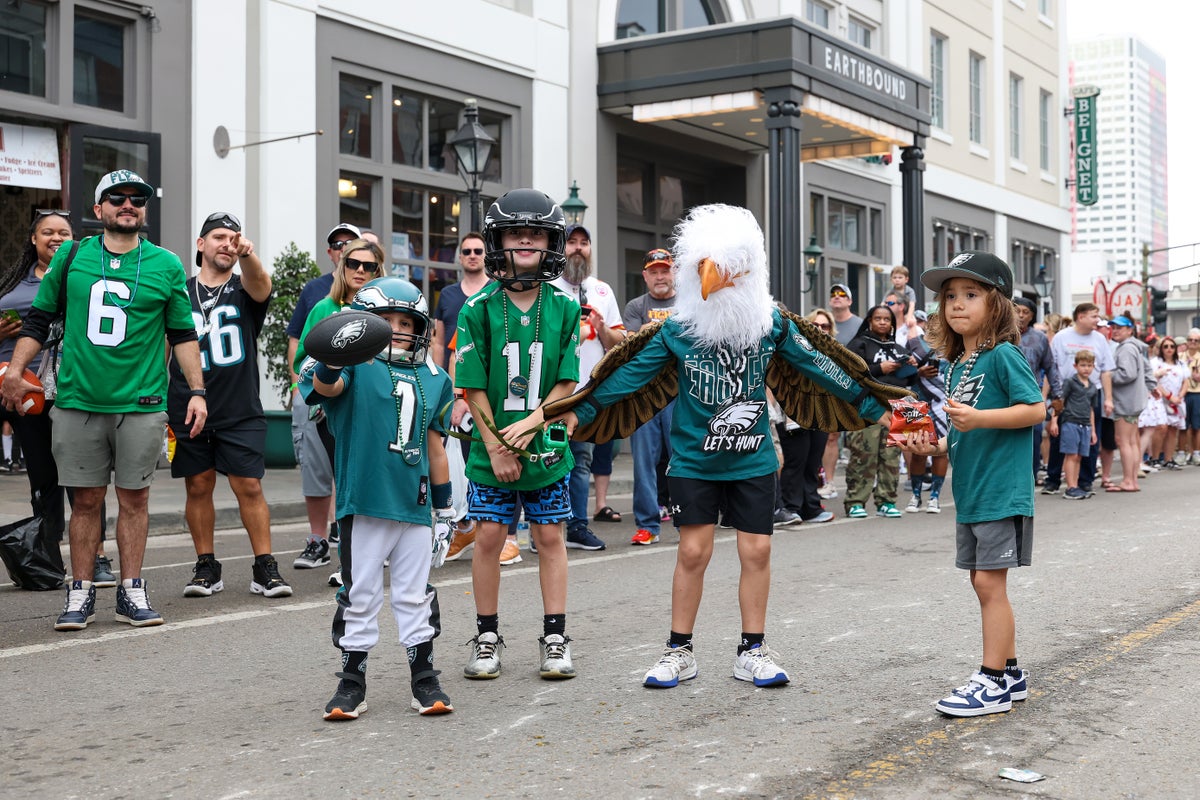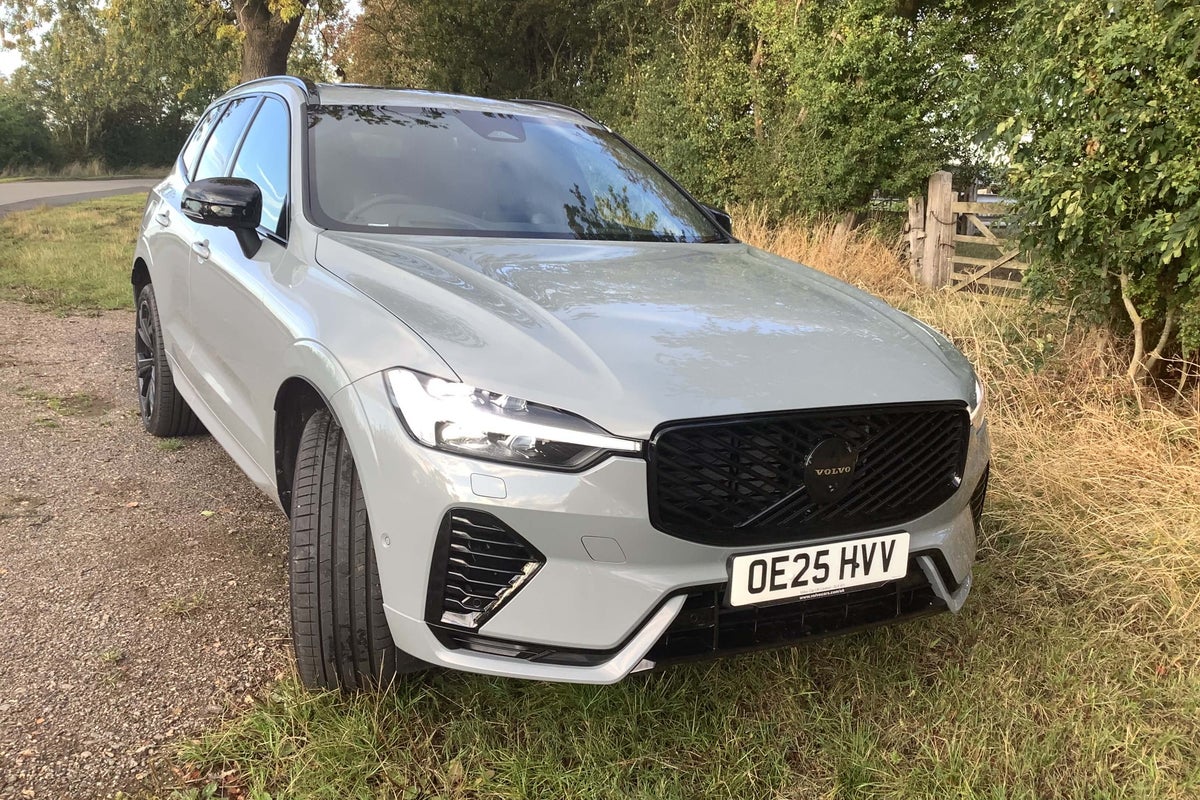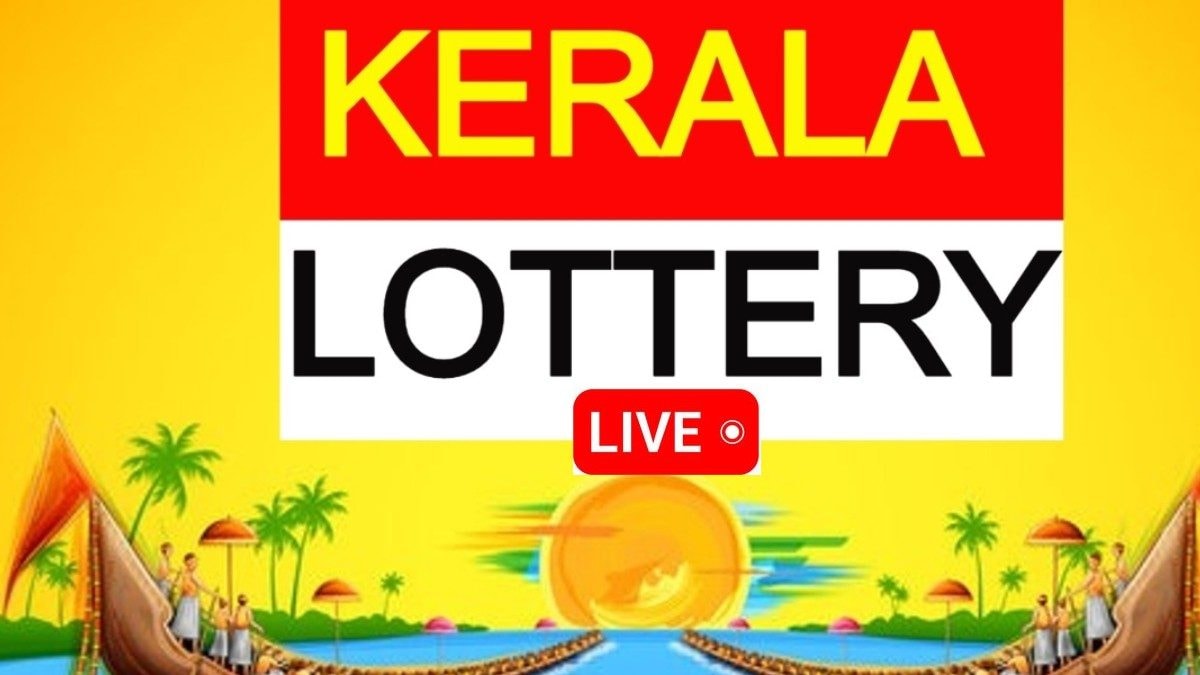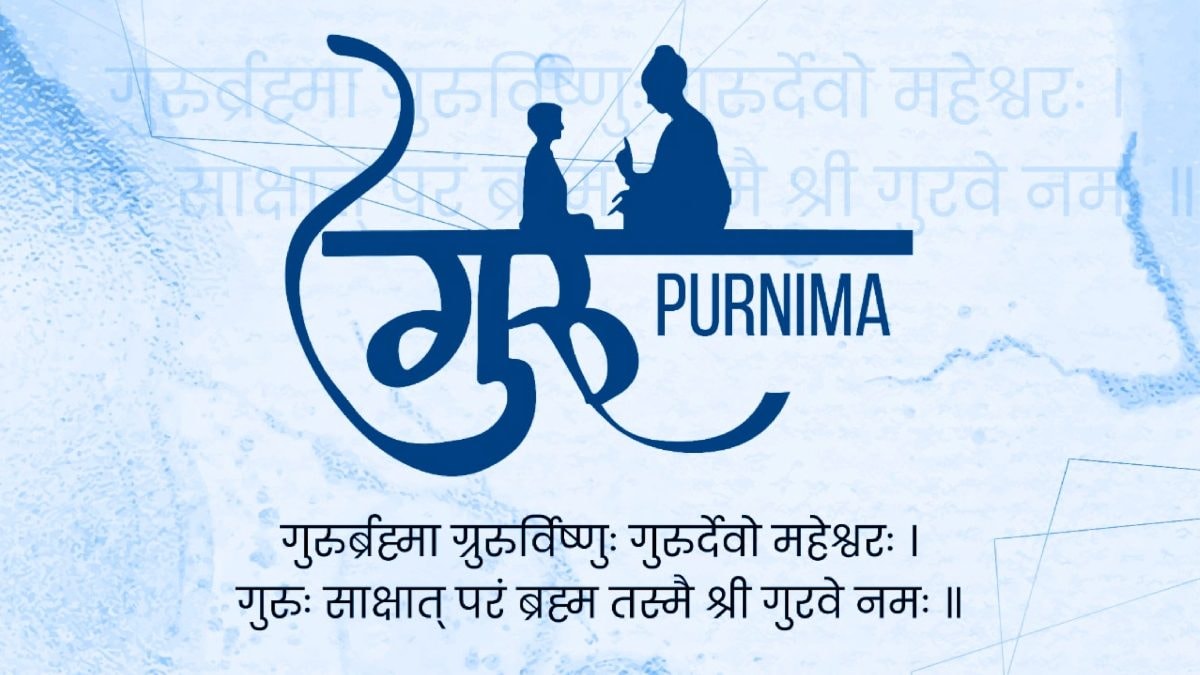At noon on a Saturday, the last aluminum pour of the day is about to begin at the Yucca Valley Materials Laboratory.
Heidi Schwegler, founder of the laboratory, has crawled to the roof to get the best vantage point to record a video. Schwegler takes a tough stance on security while allowing wild experimentation; It is this attitude that makes the complex, with its art and recording studios, gallery, modernized mobile homes and workshops such as a foundry and glass foundry, a place of inspiration and community that attracts. people from all over the country, but especially Angelenos looking for a respite from urban life.
Owner Heidi Schwegler at Yucca Valley Material Lab in Yucca Valley.
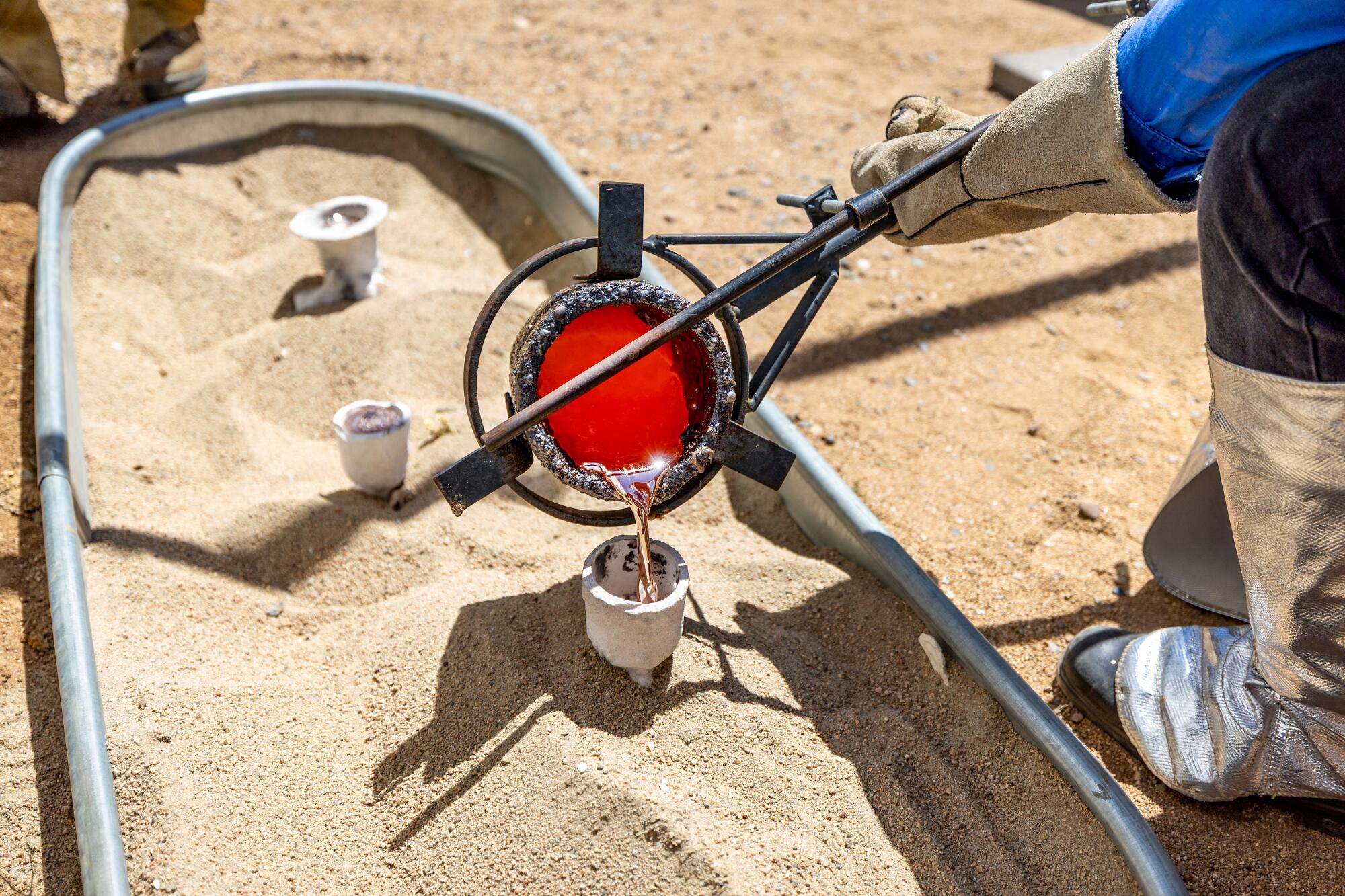
Jodie Cavalier, an interdisciplinary artist, pours molten aluminum into molds made earlier in the week.
(Allen J. Schaben/Los Angeles Times)
“This is the closest Derek and I could get to Los Angeles and afford it,” Schwegler said, referring to his partner, Derek Monypeny, who works with musicians. “And I think if you ask a lot of artists here, they'll say the same thing. “It's as close as you can get and be a really decent place to live and have a huge studio and still be within driving distance of an art center.”
It is this passion and energy that draws artists to the east. Each workshop sells out, attracting both featured artists and retired high school teachers. “It's really amazing to see my art and my pedagogical practice come together outside of me, in the form of a curved metal building placed in the Mojave Desert,” Schwegler said. “I never would have imagined this when we purchased this property in 2018.”
The lab has become a landing spot for out-of-town artists and people looking for a way to connect with the desert scene. Many Yucca Valley artists moved there on a whim after visiting for a weekend, as did Schwegler.
“I built this program because I was very afraid of becoming a total recluse here, because I didn't think there was anyone here,” Schwegler said. “Come find out, it's like that saying: 'If you build it, they will come.'”
Schwegler, an artist and self-proclaimed materials junkie, has raised funds from several sources, including AHA Projects, a nonprofit that supports makers, to cover residency and workshop costs, including teacher airfare and lodging for artists. Schwegler also often works with desert and Los Angeles artists for trade.
The Lab's growing community has been cited as one of the reasons Los Angeles artists stay in the high desert: being able to see familiar faces at one or two cultural events each weekend is a balm after the smorgasbord and the expansion of Southland.

The Yucca Valley Materials Laboratory, seen from above.

Haydeé Jiménez, artist in residence at Yucca Valley Material Lab, wears a protective Kevlar apron during a bronze and aluminum workshop.
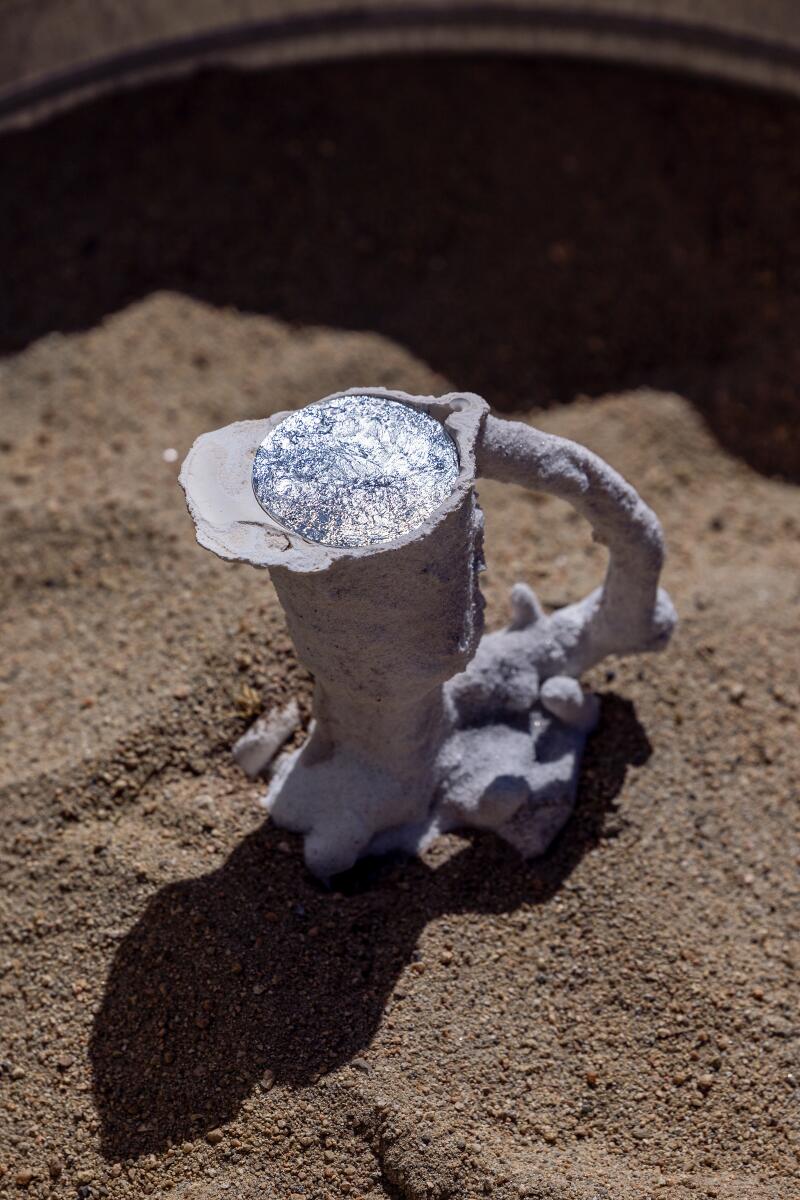
Students in the bronze and aluminum casting workshop pour molten aluminum into molds that were made earlier in the week.
In 2016, artists Ry Rocklen and Carolyn Pennypacker Riggs realized that a mortgage in the desert would be cheaper than a storage unit in Los Angeles. “I had a lot of 'Trophy Modern' furniture in storage and I realized we could decorate our house with it and have a place to visit on the weekends,” Rocklen said, of a series of sculptures he made for an exhibition.
After having a child in 2020 and spending more time in nearby Joshua Tree, they moved full-time and converted their garage into a studio. “It was such a strange time, with so many different things happening, that I didn't really have it in my mind to adapt. It was kind of a mix-up between our new baby, the pandemic and moving,” said Rocklen, who runs the Quality Coins gallery in Yucca Valley. “However, the scenery was our saving grace as we were able to wander around the beautiful rocky hills.”
Back in the metal shop, the roar of the furnace, used in the process of turning molten bronze and aluminum into objects, fills the quiet desert table with an ambient soundtrack.
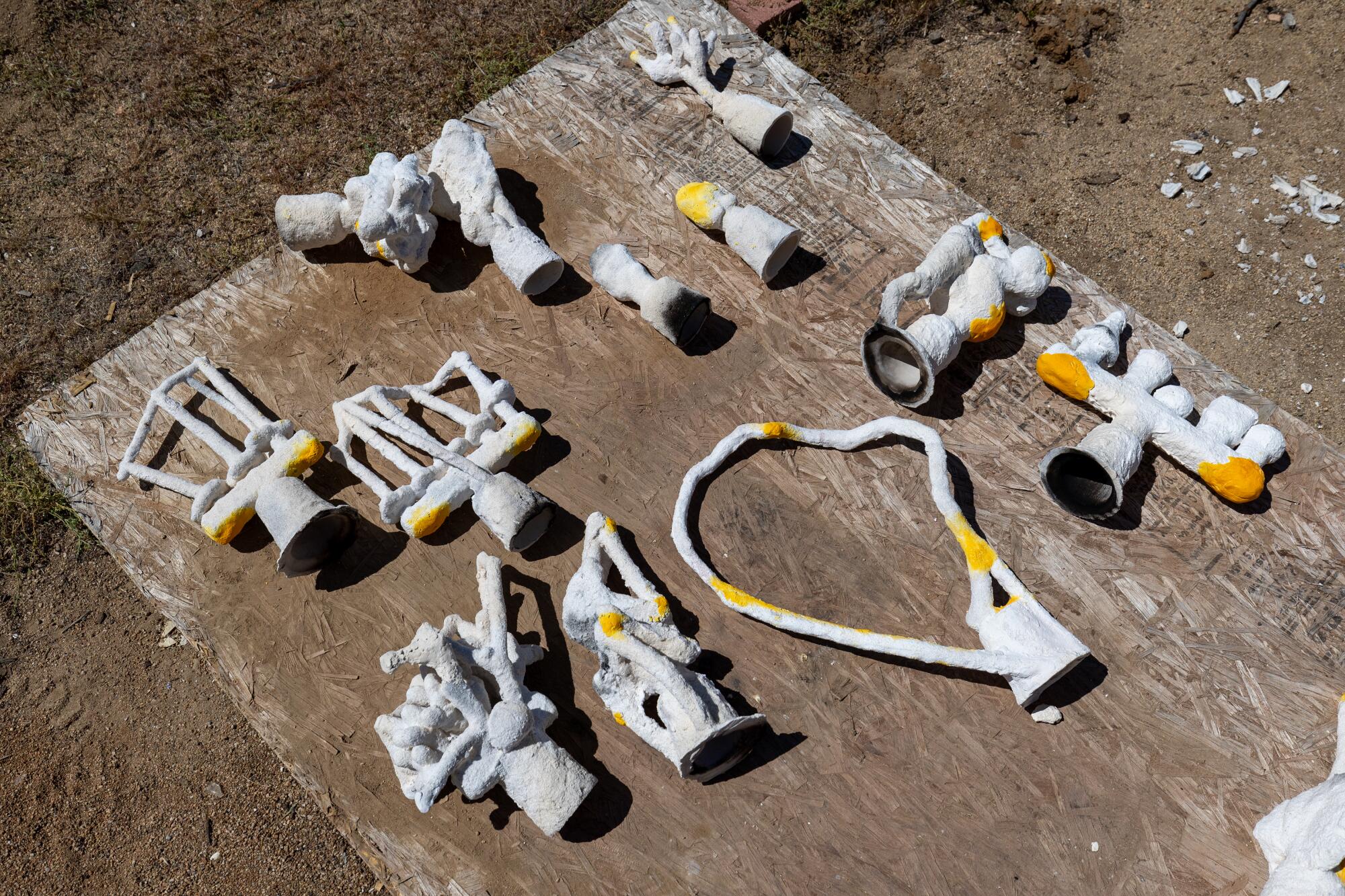
During a metal workshop, students made molds and learned how to cast bronze and aluminum in the foundry.
Haydeé Jiménez, a recently resident artist who splits her time between Los Angeles and Tijuana, crouched in front of the metal shop's observation window wearing headphones and sunglasses, her microphone protected from the wind by a cardboard box. Among the Joshua trees and creosote bushes, she recorded the sounds of the makeshift foundry.
Jiménez, who describes her artistic practice as revolving around “healing with sound, music and vibration,” said she was excited to work with new materials.
“When I first received the invitation to join [the Lab] for a residency I was hoping to work with glass and create small resonant objects for the development of a kind of acoustic ASMR experience,” Jiménez said, referring to Autonomous Sensory Meridian Response, which is when one calms down with sounds like whispers and tapping. Later that weekend, he would layer the foundry recording over sounds made with bronze objects from the workshop at a performance with gong master Tatsuya Nakatani at the Firehouse, a Joshua Tree venue.
Any weekend at the resort can be action-packed; That Saturday, Lazy Eye Gallery opened “Before Pictures” by Michelle Ross, a show of sculptural paintings inside the nave of a water tower converted into a small funnel of gallery space with a staircase to the roof that offers a view of the table .
But as the artist community grows, so does interest in real estate in Yucca Valley, Joshua Tree and Twentynine Palms, which were once considered more affordable areas. Yucca Valley home prices have grown 80% since 2019, according to Zillowalthough the steep Pandemic fever has since cooled.
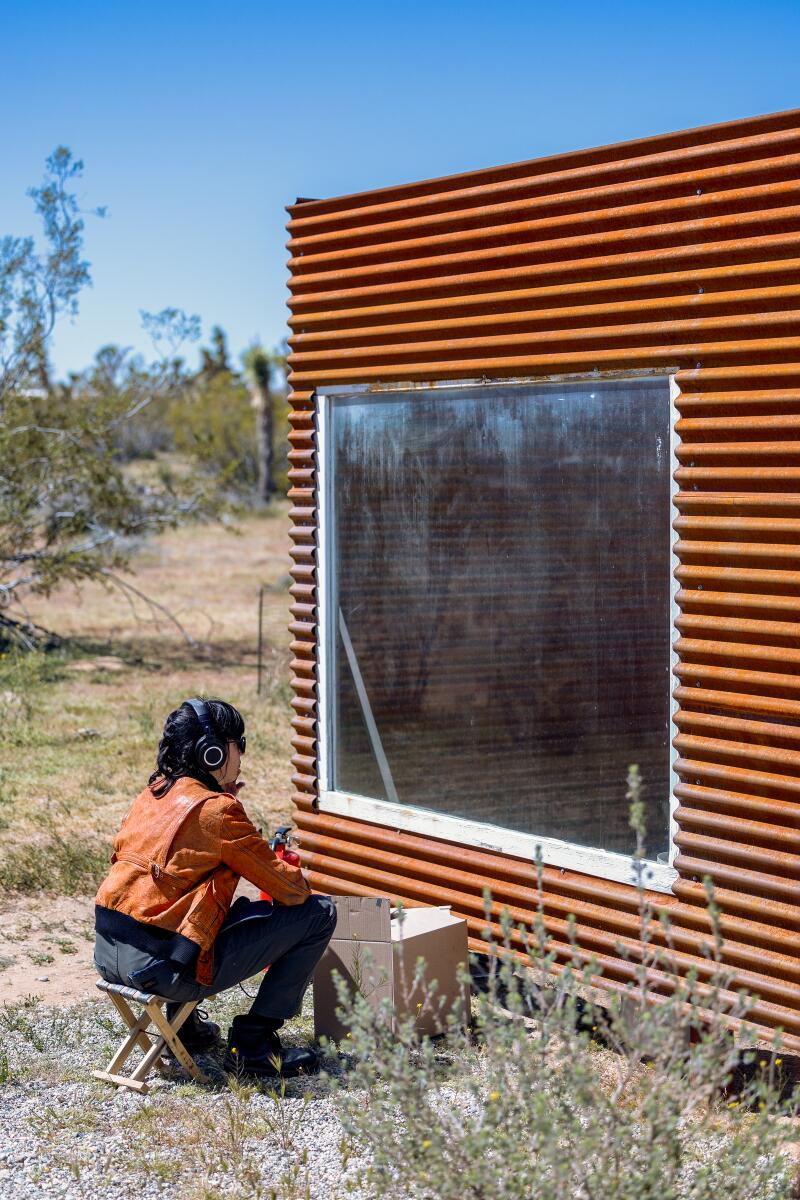
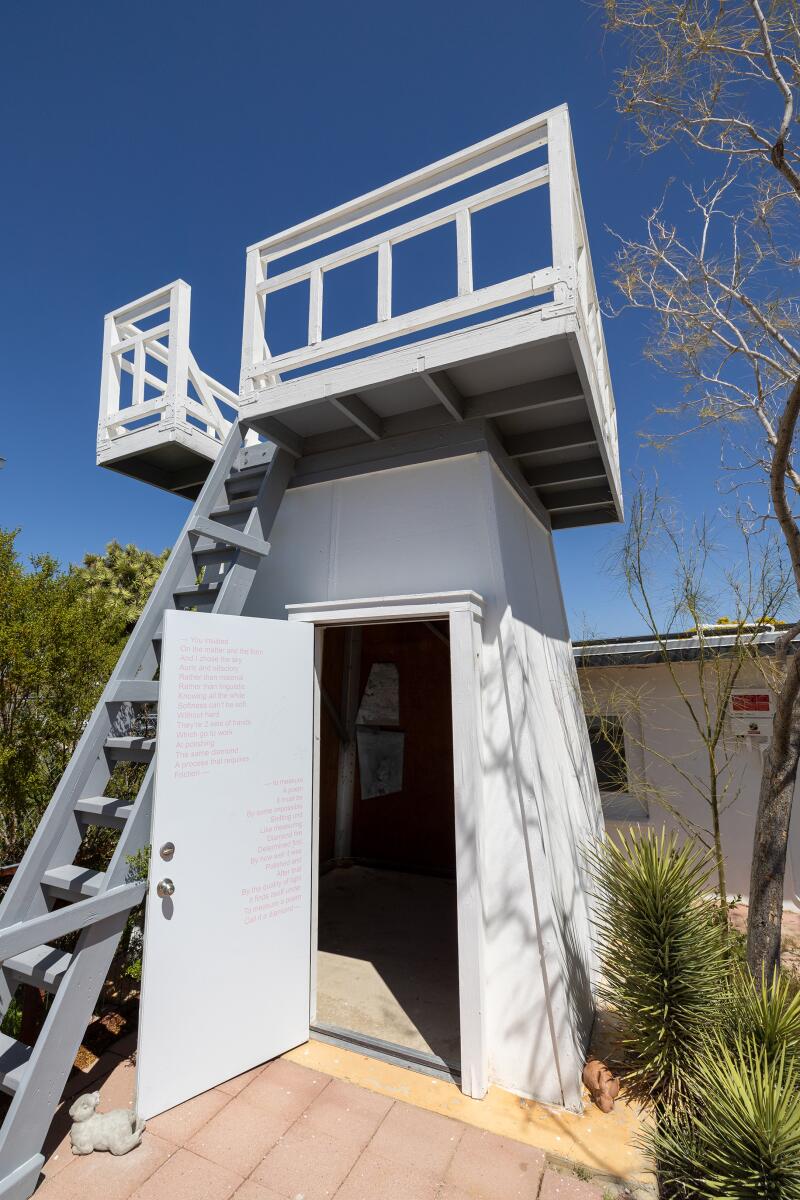
Haydeé Jiménez, artist in residence at Yucca Valley Material Lab, records sounds of students at the foundry pouring molten aluminum into molds. A view of the Lazy Eye gallery at the Yucca Valley Material Lab.
“The presence of Airbnb is corrosive,” Riggs said, noting that interested buyers have grown beyond “Silver Lake hipsters with a cabin to get away.” Last year, the Yucca Valley City Council limited short-term rentals to 10% of its housing stock. According red fin, the majority of people looking to buy homes in Yucca Valley today are located in San Francisco. .
Between the expansive landscape, cheaper-than-LA studio space, and small-town feel, the desert offers the experience of slow time, which can help some artists tap into a state of flow without the everyday distraction of life in the city. But all that time and free space can be intimidating.
Ceramicist and designer Mansi Shah left Los Angeles in 2020 after another artist friend told her about a house for rent in Yucca Valley; She packed her bags and headed to the desert after a few weeks. “There was 500 feet of open desert between me and my closest neighbor. I remember those first few months, I was terrified of everything. The wind, the quiet, the desert bugs,” Shah said.
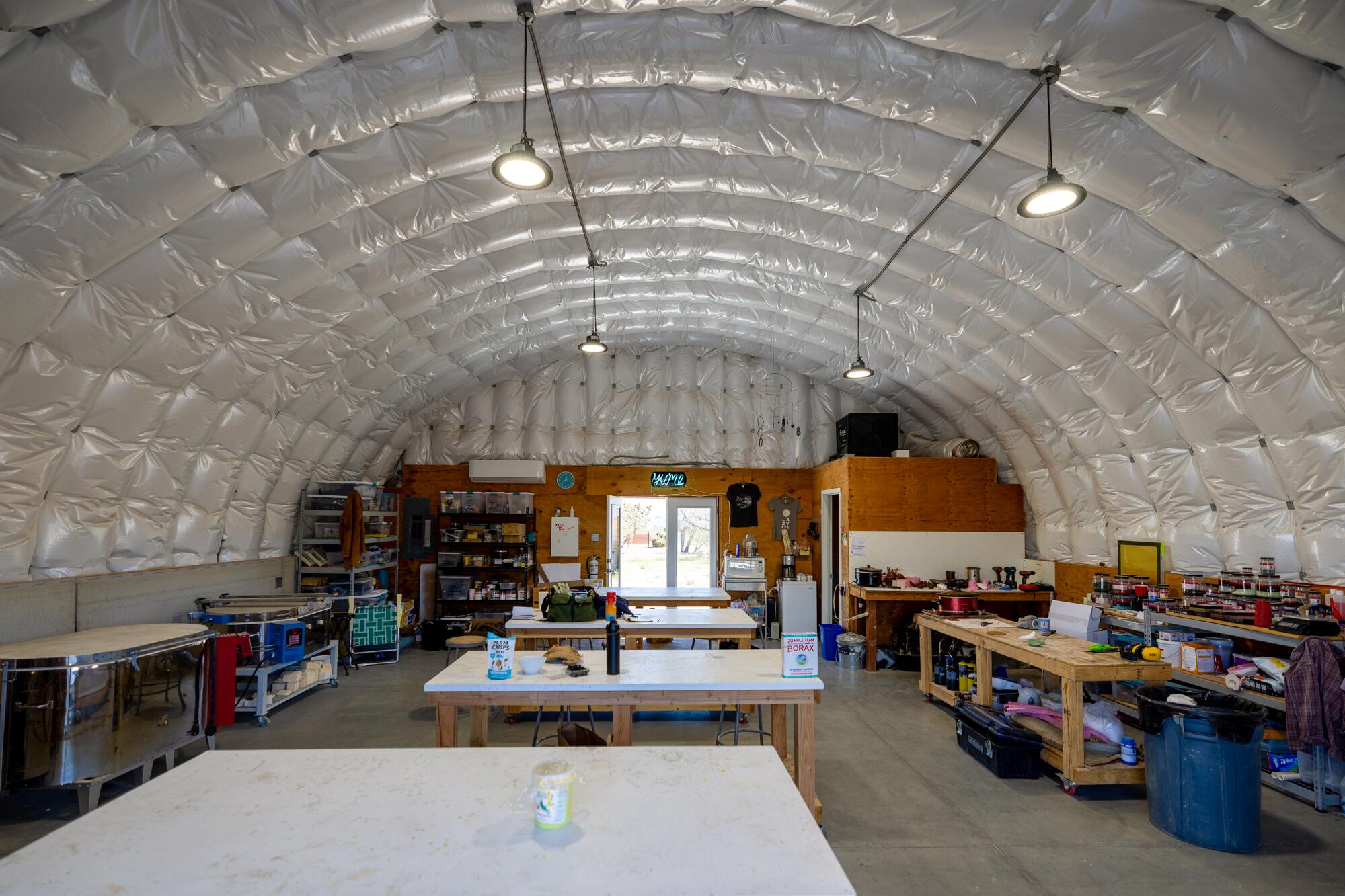
A view of laboratory work in a Quonset structure built by a student at the Yucca Valley Materials Laboratory.
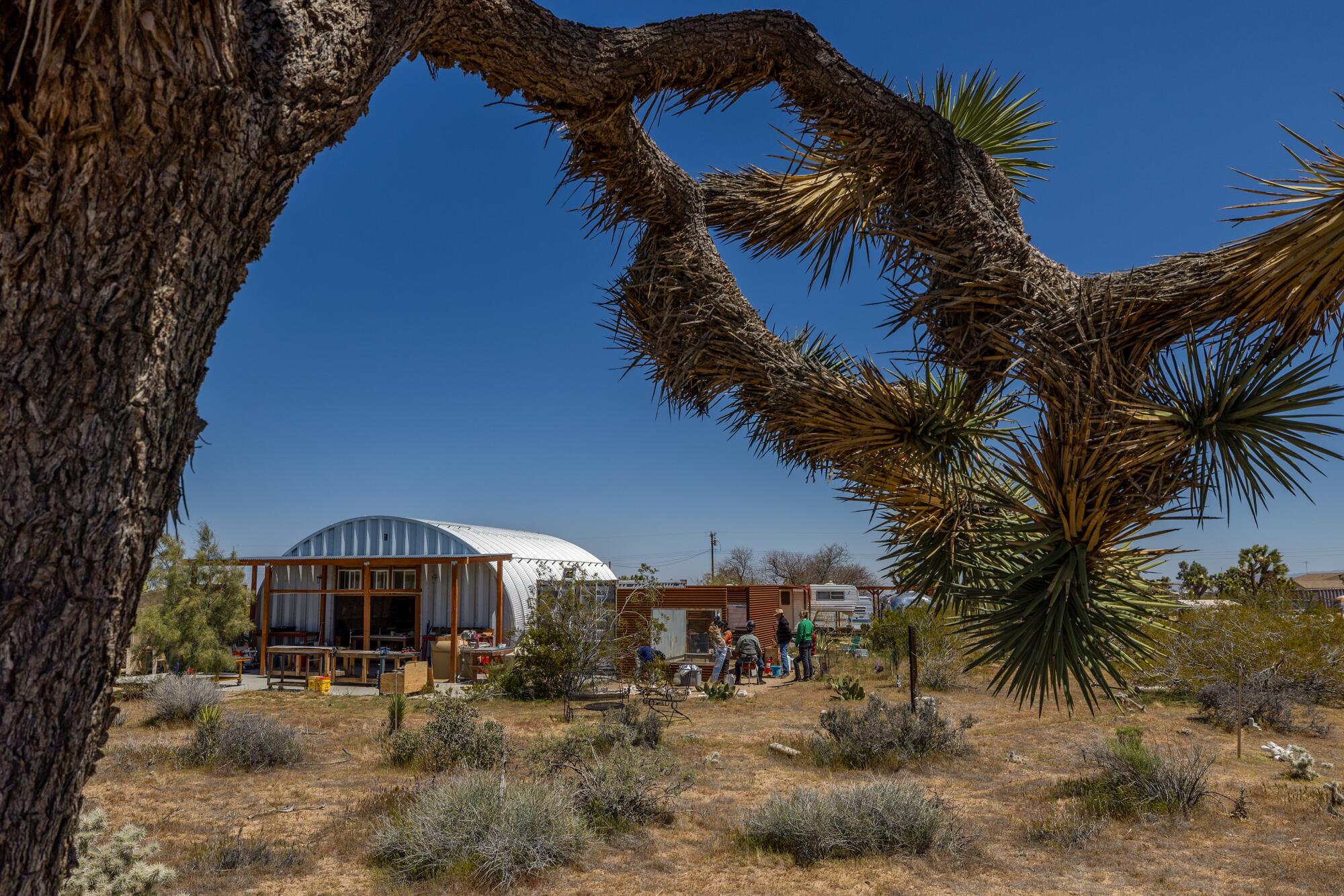
A Joshua tree frames the students at the foundry.
“My introduction to life in America was the desert,” Shah said. He grew up in Palm Springs with his father, a hotel manager, after his family emigrated from India. But he later lived in Los Angeles, then in New York and then returned to Los Angeles. “Now that I come back here to the desert and establish my house and my studio, I feel like I have come back to square one.”
When she moved to Los Angeles in 2017, she realized that everything had changed radically, especially rental prices.
“But every explosive, colorful sunset, every hare, every coyote sighting changed my brain chemistry,” Shah said. “I started to soften and adapt to the different pace of life here. “There is a reverence for nature here that I haven’t experienced before.”
In the summer months, the average temperature is 95 degrees Fahrenheit. “My study schedule revolves around the temperature outside,” Shah said. “I usually work early in the morning and at night in the summer and run the oven overnight.”
Workshops at the lab are winding down for the summer, making the final bronze pour of the day bittersweet.
After pouring hot aluminum into one of her stick-shaped molds and letting it cool in a mound of dirt, one participant took a ball peen hammer and opened the rough silicate mold, like a geode.

An overhead view of foundry students removing plaster from molds with a ball peen hammer.
The next day, participants polished their objects and applied chemical solvents to create patinas and finishes before returning to the city. Once the final pour was completed, the crucible was set aside to cool.
“This is it,” Schwegler said, as everyone applauded.

